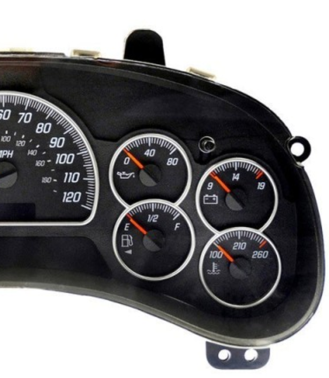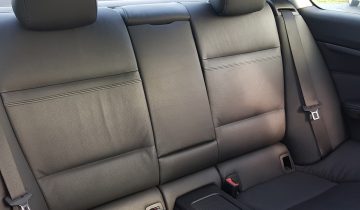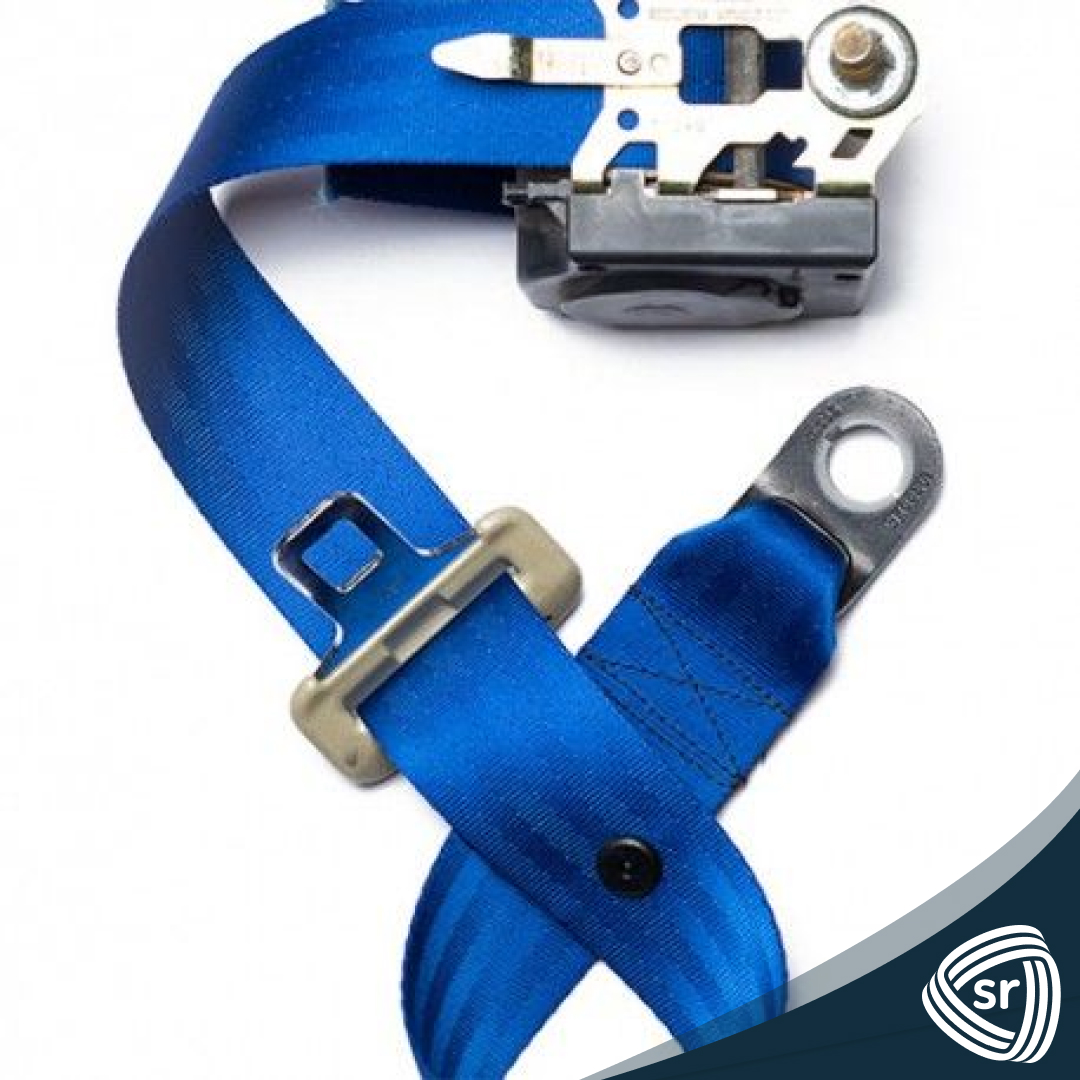
Driving with a speedometer all your life, you may know the basics of what it does and shows. However, you may not know the various components of the gauge, or how it came to be in the first place.
The speedometer, or speed meter, on a vehicle is defined as an instrument that measures and then displays the rapid speed of a car. Speedometers are now universally installed in all automobiles, but this was not always so. They became available in the 1900s and became standard equipment right around 1910. Different types of machinery have specific names for the speedometers they are equipped with. For example, on a boat, the termination would be a pit log. An airspeed indicator is a term used to apply to aircraft.
A man named Charles Babbage is given credit for creating an early prototype of the speedometer, which was intended for locomotives. In 1888, the electric speedometer was invented by a Croatian named Josip Belusic, and it was initially called a velocimeter. In 1902, a patent for a speedometer was created by a man named Otto Schultze.
The essential operation of the device is simple. The speedometer uses a rotating flexible cable that is usually driven by gears linked to the output of the transmission on the vehicle. When a car is moving, a speedometer cable is turned by the speedometer gear assembly, which then turns the speedometer mechanism itself. A small permanent magnet that is attached to the speedometer cable works with a small aluminum cup that is fixed to the shaft of the pointer on the analog speedometer instrument. The changing magnetic field creates eddy currents in the cup as the magnet rotates near the cup. The eddy currents on their own create another magnetic field. This results in the magnet exerting a torque on the cup, pulling it–and the speedometer pointer–in the direction of its rotation with no mechanical relationship between them.
When a speedometer stops working, a car speedometer calibration may be necessary. The company Safety Restore works with instrument clusters and speedometer gauges for all makes and models of vehicles. Whether the speedometer gauge is getting stuck or not working, the tachometer gauge is stuck, or the oil gauge is giving a wrong reading, the car speedometer calibration service by Safety Restore can help! This service also works for those whose temperature gauge is working intermittently, those who have dead or sticky meters, or those who have gauges not working whatsoever! The car speedometer calibration service comes out to only $118.99, saving customers hundreds if not thousands of dollars they would have paid to get the same service at the dealer! Quality and safety are a guarantee, as well as a lifetime warranty! Get your car speedometer calibration at Safety Restore today!

